See the on-line article published in the National Association of Social Workers California newsletter (February 2016)
An End to Business as Usual: Increased Federal Scrutiny of Medicare payments to Skilled Nursing Facilities
By Jason Bloome
In September 2015, the Department of Health and Human Services Office of Inspector General (OIG) published The Medicare Payment System for Skilled Nursing Facilities Needs to Be Revaluated. The report highlights systemic overbilling of Medicare services in skilled nursing facilities (SNFs) and cites data which indicate:
- SNFs increasingly billed for the highest level of rehabilitation services even though the key characteristics of beneficiaries from year to year remained unchanged.
- One quarter of SNFs billed Medicare in error — primarily for billing for higher level of rehabilitation than was reasonable or necessary.
- Overbilling for services resulted in $1.5 billion in inappropriate Medicare payments each year.
OIG recommendations to the Center of Medicare and Medicaid services (CMS) include evaluating the extent to which Medicare payments should be reduced, changing the method for therapy payment, adjusting Medicare to reflect more accurate payments based on beneficiary characteristics and strengthening oversight for Medicare payments for rehabilitation services.
Medicare pays 84% more for patients who require short-term speech, physical and occupational rehabilitation services than for patients who require long-term Medi-Cal beds. SNFs realize the most profits by having more short-term Medicare beds and fewer long-term Medi-Cal beds.
As state and federal agencies increase their scrutiny, SNFs will no longer be able to bill Medicare at high rates for as long as possible. Business as usual will change between hospital social workers looking for available SNF beds where they can discharge their patients and SNF admission coordinators willing to accept those patients when SNF profits are determined by the amount of justifiable Medicare days and post rehabilitation long-term care plans. Hard to place patients will include those who produce low profits (require minimal rehabilitation services) at high-risk of requiring long-term Medi-Cal beds (e.g. patients who lack adequate care support at home and/or need more care than the maximum allowable IHSS hours).
Discharge home for frail, low-income patients at risk of hospital bounce-back (more than 1 in 5 seniors on Medicare return to the hospital within 1 month of discharge) will also be limited in the future as CMS increases the fines against hospitals for high readmission rates. In 2015, hospitals paid more than $420 million in Medicare penalties.
Low-income patients stranded in hospitals with no place to go will severely impact Medicare payees: hospitals that need to foot the bill for patients who no longer qualify for reimbursable services. Clearing hospital beds in the future will require utilizing community based care settings, such as residential care facilities for the elderly, to bypass SNF unwilling to accept less profitable Medicare/Medi-Cal patients. Fiscal incentives that incorporate RCFEs into SNF diversion programs will eventually begin once the state fixes the negative fiscal incentive and rate erosion issues associated with the California Coordinated Care Initiative.
Sources:
http://oig.hhs.gov/oei/reports/oei-02-13-00610.pdf<http://carehomefinders.us8.list-manage.com/track/click?u=9a32a5340579c09f0b2c0ca15&id=7e498e9521&e=548e82acc8>
Jason Bloome is owner of Connections–Care Home Referrals, an information and referral agency for care homes for the elderly in Southern California. For more articles about CCI and Medi-Cal funding for RCFEs see:www.carehomefinders.com/articles.
